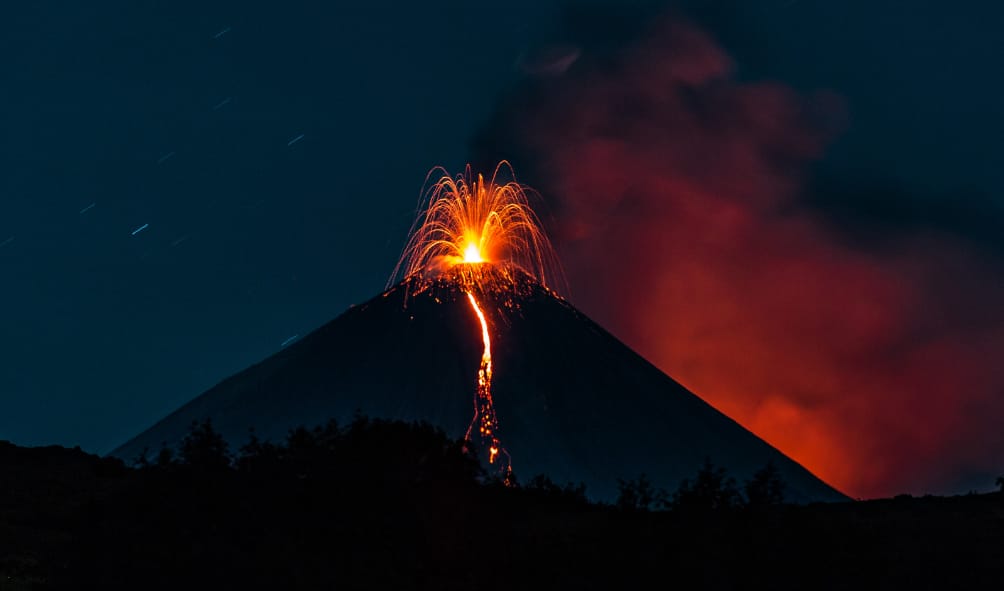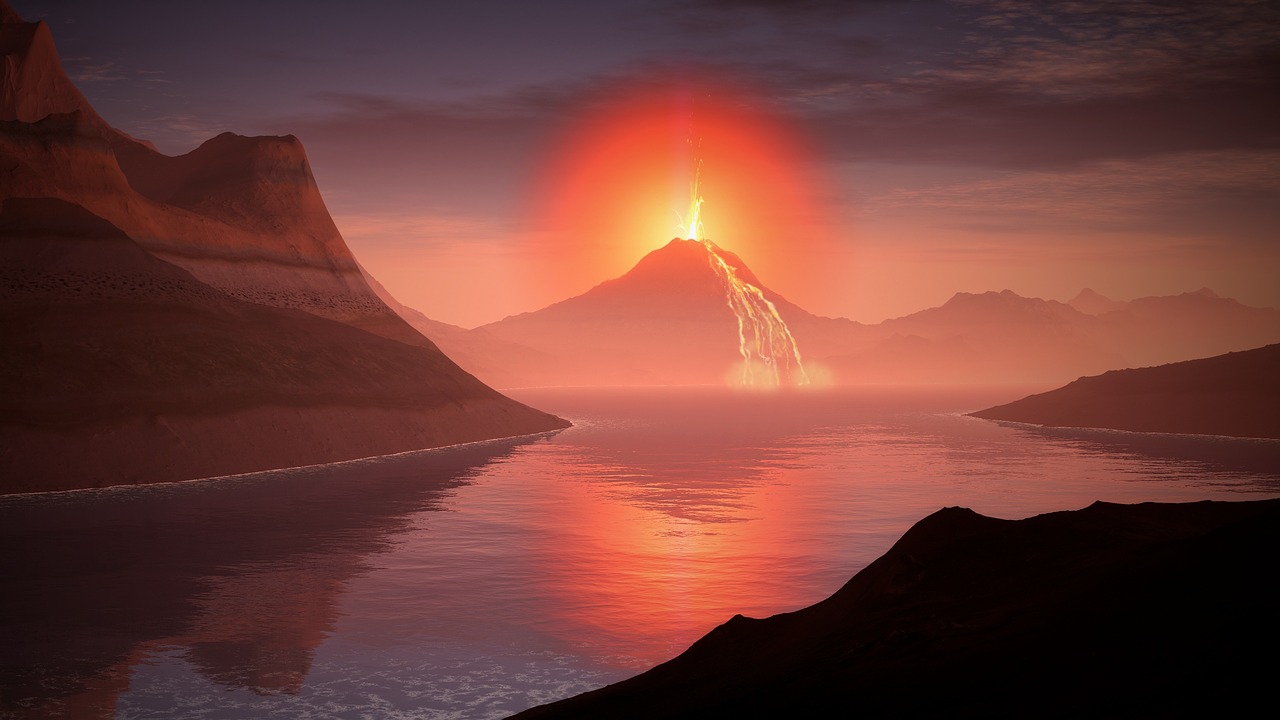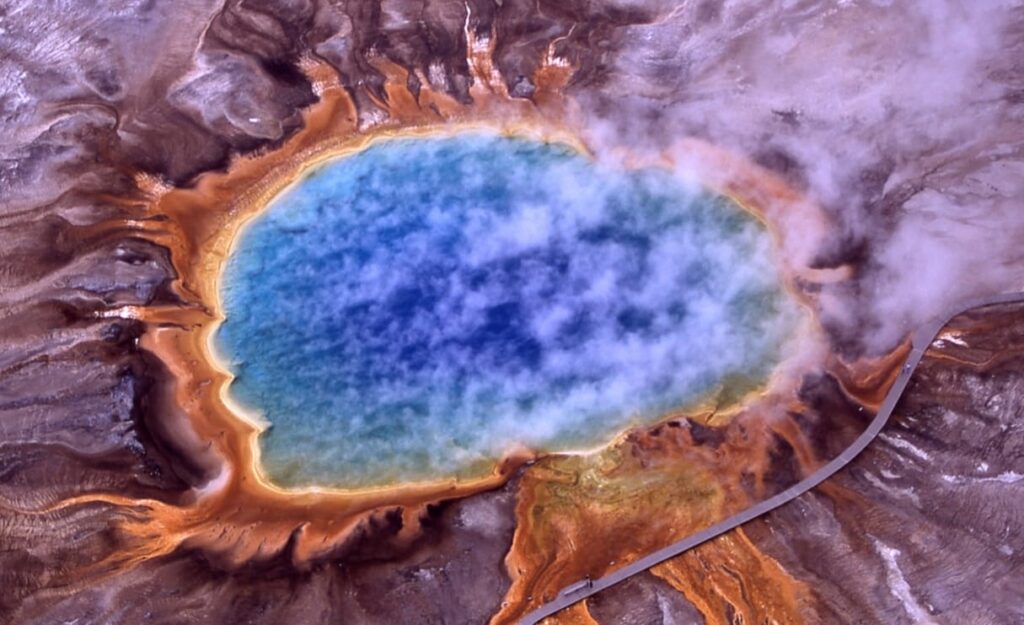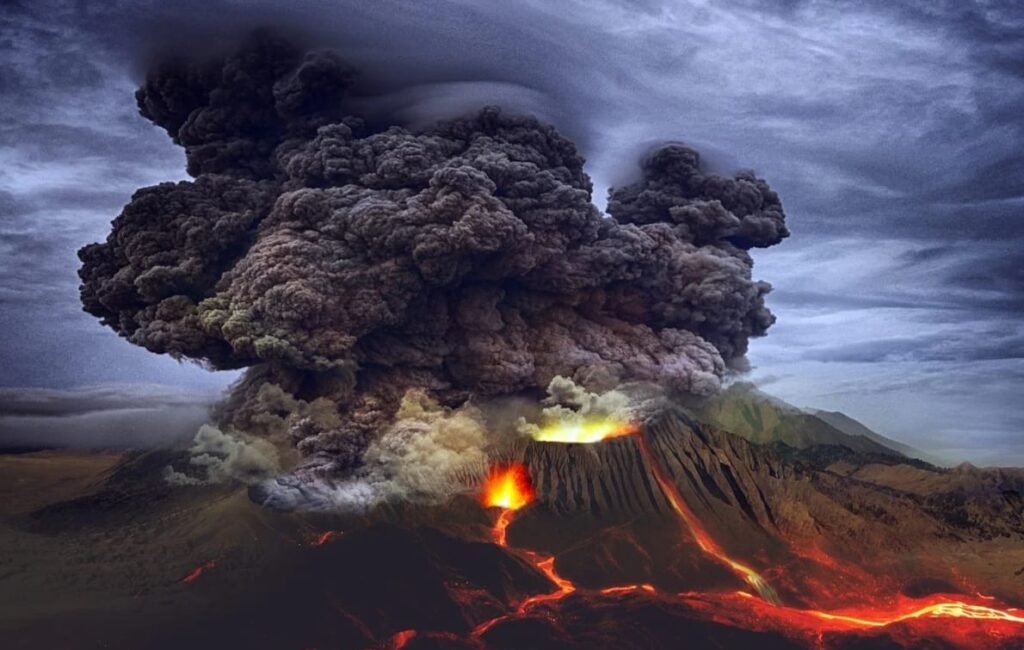You may have surely heard of volcanoes. They are deadly creatures of this world that have immense power and can cause a huge amount of destruction. The damage and power can increase when it is not a volcano but a ‘Super-volcano’. So what is a Super-volcano? What makes it different from a common volcano? What would happen if a Supervolcano bursts in 2021? This article will answer all your questions.
What is a Super-volcano?

According to some geological stories, Super-volcanoes are the giant villains that have the power to cause large scale destruction. According to the United States Geological Survey, a volcano can be termed as a Supervolcano when it has had at least one eruption that released more than 240 cubic miles of molten material. This places the volcano at the largest magnitude of 8 in the Volcanic Explosivity Index.
These eruptions are huge. The impact of these eruptions would be devastating which could bring stark changes in the global climate. But there’s a greater viewpoint hidden in this. It doesn’t mean that if a volcano had such a large eruption once in history, then the next eruption would be of the same extent.
How are Super volcanoes formed?
Normally, volcanoes are formed when the magma under the earth’s crust gets heated up and rises and comes out of a hole or a vent. On the flip side, a Super Volcano is formed when the magma is unable to come out through a vent and gets stuck under the surface. Over time, with an increase in pressure, the molten magma starts accumulating and explodes through the crust violently.
What are some Super Volcanoes?
The real truth about supervolcanoes is that only a few volcanoes can reach such extents. In the last 10,000 years, not even one has reached the magnitude of 8 on the VEI. Several volcanic eruptions are happening every day. Still in the 36 million years, only 42 eruptions have been ranked more than 7.
Several supervolcanoes have been termed supervolcanoes. The most famous of them is America’s Yellowstone, California’s Long Valley, Indonesia’s Toba, Japan’s Aira Caldera and New Zealand’s Taupo.
Reaching the status of a supervolcano is quite a task. For example, the eruption in 1883 in Krakatau’s was so loud, it could be heard 3000 miles away. Still, the eruption was rated a 6 on the VEI.
What is special in the Yellowstone supervolcano?
Yellowstone is the most famous supervolcano which has erupted 3 times in the last 2 million years. These 3 eruptions weren’t small ones. It had two eruptions ranked 8 on VEI around 2 million years ago and 640,000 years ago. The third eruption was ranked 7 which happened 1.3 million years ago. Currently, the magma reserve in Yellowstone is between 5 to 15 percent. An explosion requires at least 50 percent.
What would happen if the Yellowstone supervolcano erupts?
Just think about the extent of damage of this explosion.
- Normally, lava flow is the most dangerous activity of a volcanic eruption. While this might be the least dangerous when a supervolcano erupts. This is because when it will burst, a majority of lava wouldn’t flow on the surface. Rather it would get converted into ash which would mix in the air. This ash would contain dust particles, smoke and small molten rocks. Just think of what would happen if you breathe this air. Your lungs would choke and would develop a cement-like substance.
- Additionally, an estimated area of 1000-1500 kilometres would get covered with lava and ash spreading through the entire North America. Ash particles could possibly reach Europe as well. The entire region would be lifeless and everything would be turned into ash.
- Another harm would be that the smoke caused by the eruption would cover the Sun and prevent the sun rays from reaching the surface. This would create a stark change in the climate of Earth. The temperatures could reduce by 10 degrees. The effect could be seen for over a decade.
Would there be an eruption of the Yellowstone soon?
For clarity, the chances of another eruption of Yellowstone is highly unlikely. Chances are that it might never erupt again. Yellowstone does regularly experience earthquakes but estimates suggest that it may stay quiet for the next coming centuries. Since it has seen three huge explosions, scientists suggest that it might not experience a fourth huge explosion. Additionally, volcanoes do die out when the magma inside solidifies.
A super eruption from a Supervolcano could potentially wipe out a continent
As said above, the Yellowstone is capable of showing its devastating effect on the entire North American continent. While the question that arises is, whether a super eruption could wipe out the entire mankind? For short answers, no!
For example, the recent 1815 eruption in Mount Tambora in Indonesia was of VEI 7, it was devastating but not enough to wipe out the world. Any eruption causes huge scale damage, but wiping out the entire mankind is highly unlikely.
The other crucial point is the amount of research that is done on supervolcanoes. Scientists keep a keen eye on Yellowstone and continuously monitor every tremor and small change. While another explosion by a Supervolcano is highly unlikely, scientists would inform everyone before any mishappening.
What if all the supervolcanoes erupt simultaneously?
7 interesting facts about Super Volcanoes
- The most recent eruption by a supervolcano happened around 27000 years ago when the Taupo in New Zealand erupted.
- The most explosive eruption by a Supervolcano was by Mount Toba around 74000 years ago. Located on the modern island of Sumatra, this was the largest eruption in 28 million years. The explosion deposited an ash layer approximately 6 inches thick in the entire Indian subcontinent.
- A supervolcanic eruption occurs once in every 50000 years or so approximately.
- Currently, the Yellowstone is the most dangerous one as it is in a country that is home to almost 300 million people.
- The force of an eruption at Yellowstone would be nearly 1000 Hiroshima bombs exploding every second.
- A Yellowstone eruption would release 2000 million tonnes of sulphuric acid in the air which could lead to acid rains for several years.
- Before a supervolcano wipes out life, global warming will do the job.
Conclusion
A supervolcano eruption is a highly deadly natural instance of the destruction of the highest level. Several supervolcanoes are deemed to be extinct and a supervolcanic eruption isn’t expected in the next coming centuries. The Yellowstone remains the biggest contender for the next eruption. An eruption could potentially wipe out an entire continent and can have its effect on the entire Earth. Although any explosion would be detected by modern technology and the damage could be prevented to a great extent.
So now when you what a supervolcano is, how dangerous it is and what would happen if a supervolcano erupts in 2021 although it’s surely not going to happen.


